UNESCO in Cuba has several World Heritage Sites that showcase the country’s cultural and natural diversity. Please note that new sites may have been added or changes may have occurred since then. Here is a comprehensive list of UNESCO World Heritage Sites in Cuba, along with brief explanations of their significance:
Old Havana and its Fortifications (1982)
Old Havana, or “La Habana Vieja,” is a well-preserved historic city center that reflects a mix of Spanish colonial, Baroque, neoclassical, and Art Deco architectural styles. The site includes fortifications such as Castillo de la Real Fuerza and Castillo de los Tres Reyes del Morro. Old Havana is recognized for its cultural and historical significance, representing the development of colonial cities in the Americas.
Trinidad and the Valley de los Ingenios (1988)
Trinidad, a colonial town founded in the 16th century, and the nearby Valley de los Ingenios are recognized for their well-preserved architecture and historical importance. Trinidad features cobblestone streets, pastel-colored buildings, and notable structures like the Plaza Mayor. The Valley de los Ingenios was a center for sugar production during the colonial era and contains remnants of sugar mills and plantations.
San Pedro de la Roca Castle, Santiago de Cuba (1997)
San Pedro de la Roca Castle, also known as El Morro, is a 17th-century fortress built to defend the city of Santiago de Cuba from pirate attacks. The castle is an exceptional example of military architecture, incorporating Renaissance, Gothic, and Baroque elements. It played a crucial role in the defense of the Caribbean against naval invasions.
Desembarco del Granma National Park (1999)
Desembarco del Granma National Park, located on the southwestern coast of Cuba, features unique coastal landscapes, limestone terraces, and marine fossils. The park is recognized for its geological features and serves as a natural laboratory for the study of coastal processes.
Viñales Valley (1999)
Viñales Valley, located in the western part of Cuba, is known for its distinctive karst landscapes, mogotes (limestone hills), and traditional agriculture. The valley showcases sustainable farming practices and serves as an example of the harmonious interaction between humans and nature.
Archaeological Landscape of the First Coffee Plantations in the South-East of Cuba (2000)
This site includes remains of coffee plantations from the 19th century, highlighting the development of the coffee industry in southeastern Cuba. The landscape reflects the cultural and technological exchange between European, African, and indigenous cultures during the coffee boom.
Alejandro de Humboldt National Park (2001)
Alejandro de Humboldt National Park is recognized for its high biodiversity and unique ecosystems. The park features mountainous terrain, rainforests, and diverse flora and fauna, including many endemic species. It is named after the renowned naturalist Alexander von Humboldt.
Urban Historic Centre of Cienfuegos (2005)
Cienfuegos, founded in 1819, is known for its well-planned layout and architectural harmony. The city reflects French influence in its architecture and urban design. The site is recognized for its cultural and historical significance as a well-preserved example of 19th-century urban planning.
Historic Centre of Camagüey (2008)
Camagüey, founded in 1514, features a labyrinthine street pattern and well-preserved colonial architecture. The historic center reflects the evolution of the town’s layout and its cultural and architectural development over the centuries.
Conclusion:
Cuba’s UNESCO World Heritage Sites encompass a diverse range of cultural, historical, and natural wonders. These sites contribute to the global understanding of colonial history, architectural achievements, and ecological diversity. UNESCO recognition underscores the importance of preserving Cuba’s unique heritage for future generations and promotes sustainable tourism in these exceptional areas.
More information and reviews:


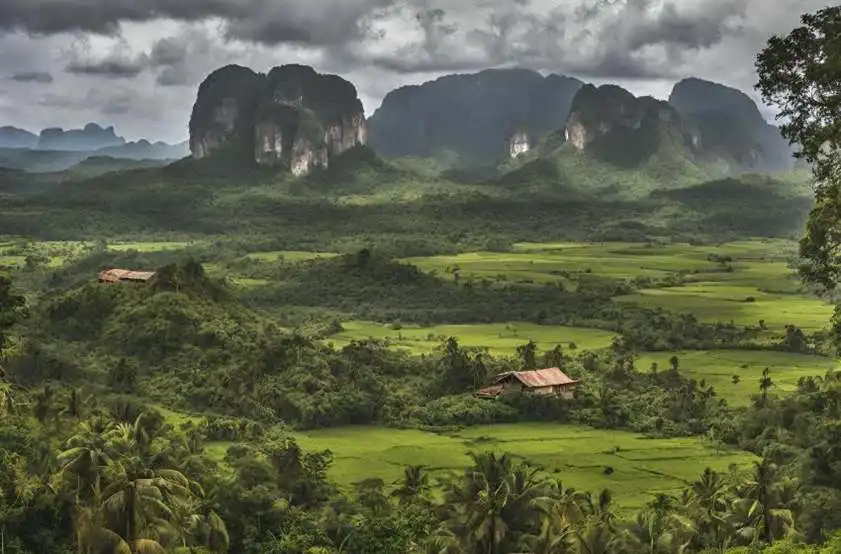


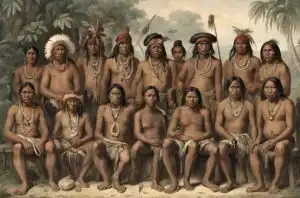


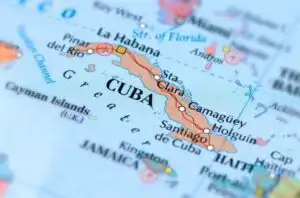








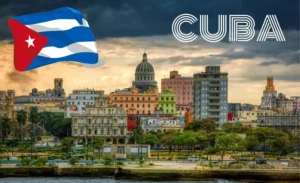


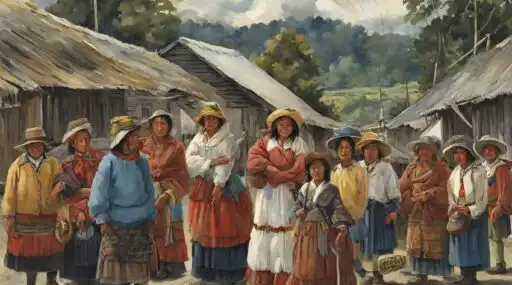





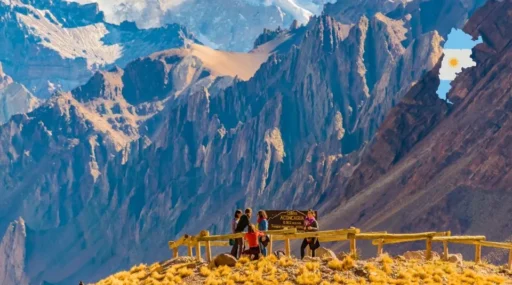


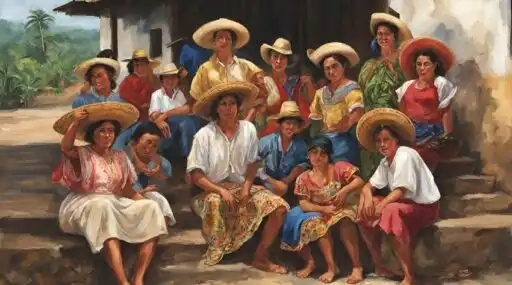


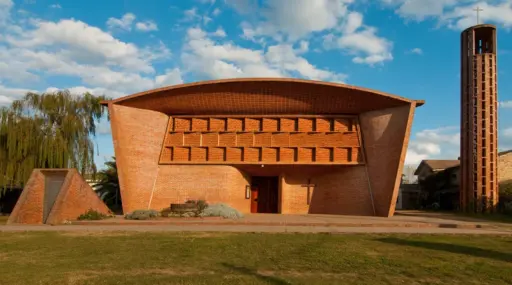
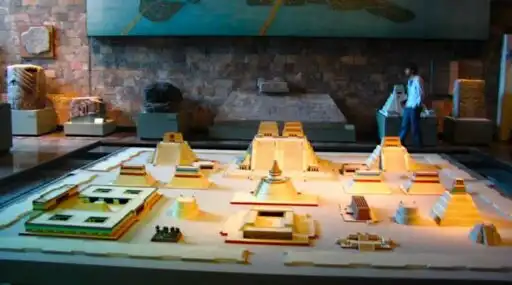


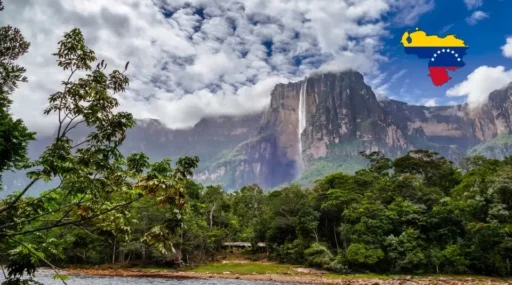



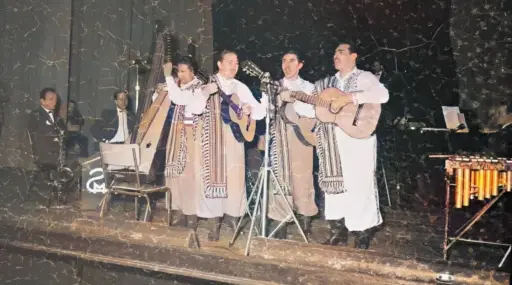






Leave a Reply